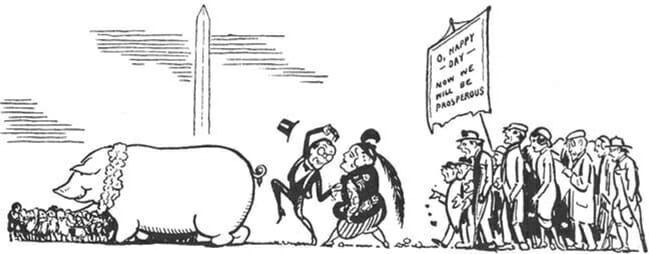

It’s not that far from Midnight, Mississippi or Panther Burn. All it’s got is a street sign that says Strike City Road. You would miss it if you weren’t headed to a wedding deep in the Delta and knew to turn off Highway 82 on a road flanked by bonfires. You wouldn’t even give that sign a second thought if your guide, a local cotton planter, hadn’t pointed it out to you. This is what he has told you. Some folks came down from Chicago or New York to organize the black farm workers. The organizers visited different farms to see the conditions of the workers, and they convinced the men on Mr. A. L. Andrews’s place that they had a bad deal and should strike. This was the Sixties, at a time when a black man made $8 a day chopping cotton. So they struck. It was the height of the summer, and when the men walked out, they thought they had Andrews in a bind. Problem was, they lived in Andrews’s houses. Andrews kicked them off the property and hired the white men he needed the next day. The organizers sent $10,000 to build housing for the strikers, and Strike City was born.
I decide to see Strike City for myself. Tucked off of the road, Strike City takes half a minute to drive through. Two dogs fight at the entrance. A whitewashed meeting house sits at the center of the horseshoe, its windows painted white. A cinderblock two-story building, half of which is painted and lived in, the other half blackened by flames, faces the meeting house. A church waits at the end of the loop. Re-bar cages guard the brand-new air conditioning units behind the chapel, which is sparsely decorated in blue tinsel. There would be no midnight theft of such a hard-won luxury. Other objects decorating the grounds of Strike City are not so jealously guarded. Discarded playground equipment lies heaped in the horseshoe, overrun by dry weeds. Junked cars rust without a whimper, barricading the only pair of houses. A dented trailer stands nakedly between Strike City and the fallow fields. Driving this loop, you wonder where these people are now. Not a face comes to the window, and the questions dangle, unanswered. Strike City may not appear on any maps, but you know Mr. A. L. Andrews never forgot about this place.